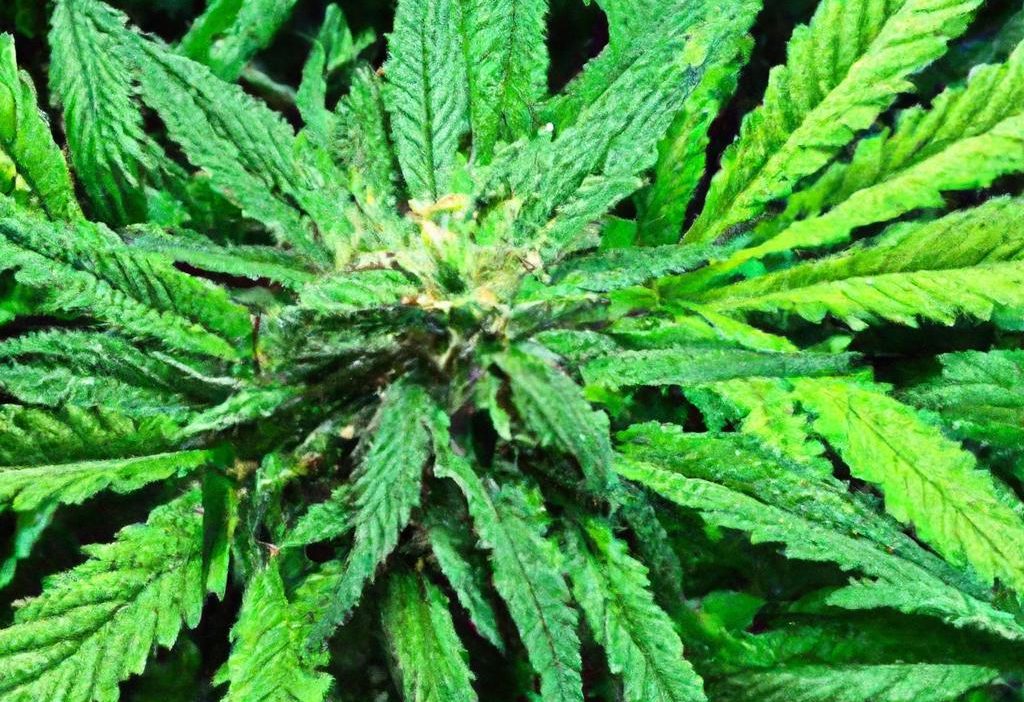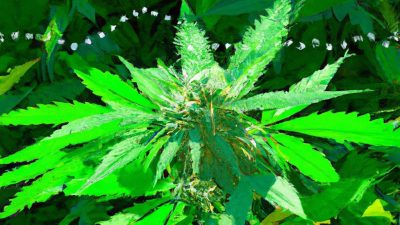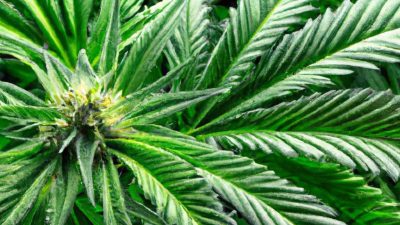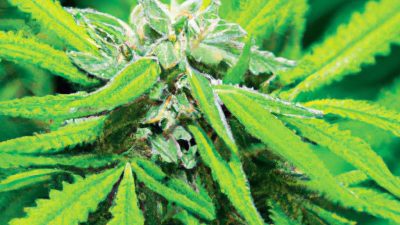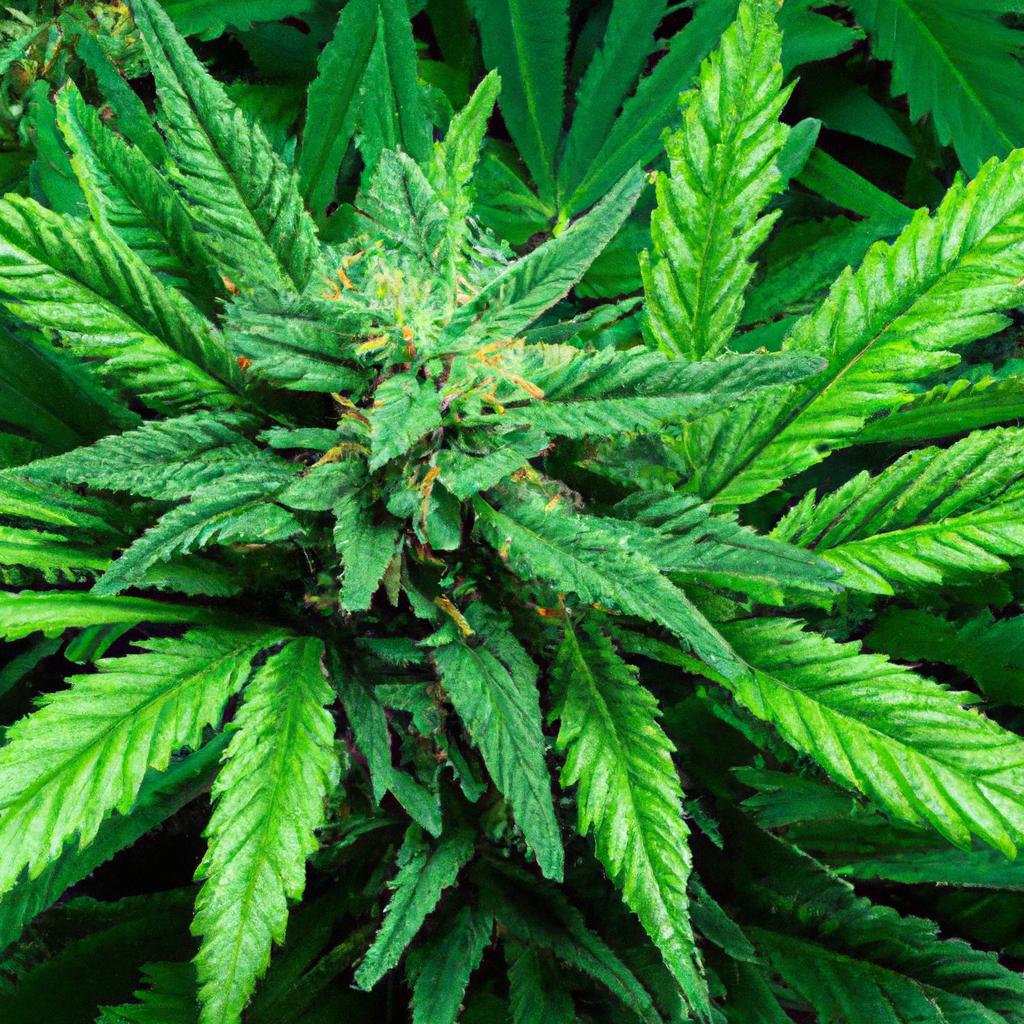
Yield vs Potency: What Should You Optimize For?
Cannabis cultivation has rapidly evolved with the integration of advanced cannabis technology and meticulous cannabis science. One of the most critical dilemmas growers face today is whether to prioritize yield or potency. Both factors contribute significantly to the final product but optimizing one often impacts the other. this article breaks down the balance between yield and potency, helping you make informed decisions for your cannabis grow operation or processing workflow.
Understanding Yield and Potency in Cannabis Cultivation
Before diving into optimization strategies,it’s essential to understand what yield and potency actually mean in the context of cannabis.
What Is Yield?
Yield refers to the total amount of cannabis biomass produced-typically measured in grams or ounces per plant or per square meter. Yield depends on multiple factors such as strain genetics, cultivation techniques, lighting, nutrient availability, and environmental conditions.
What Is Potency?
Potency usually refers to the concentration of active cannabinoids in the cannabis product. the most sought-after cannabinoid is tetrahydrocannabinol (THC), responsible for the psychoactive effects. Cannabidiol (CBD) potency is also vital for medicinal applications. Potency is commonly expressed as a percentage of cannabinoid concentration per weight of the cannabis flower.
Key Differences: Yield vs Potency
| Factor | yield | Potency |
|---|---|---|
| Definition | total biomass produced | Concentration of cannabinoids |
| Measurement Unit | Grams/ounces per plant or area | Percentage (%) of THC, CBD, etc. |
| Primary Focus | Quantity | quality and strength |
| Typical Tradeoff | Higher weight, sometiems lower potency | Higher potency, sometimes reduced yield |
Why Does Yield Often Compete with Potency?
at first glance, it might seem ideal to maximize both yield and potency simultaneously, but growers and cannabis scientists often encounter a tradeoff. This stems from the plant’s biological allocation of energy. When a cannabis plant focuses more resources on producing dense, resinous flowers rich in cannabinoids, it sometimes results in smaller yields overall. Conversely, maximizing bulk biomass can dilute cannabinoid concentration.
Factors Influencing the Balance:
- Genetics: Some cannabis strains naturally produce large yields but moderate potency, while others produce smaller buds with high cannabinoid content.
- Lighting Conditions: Intense light can boost cannabinoid synthesis but may stress plants if overdone, perhaps reducing yield.
- Nutrients: The type and timing of nutrient supply influence flower development and cannabinoid profiles.
- Harvest Timing: Harvesting too early or late affects cannabinoid levels and final flower mass.
Optimizing Yield vs Potency: What Matters Most?
The answer varies widely depending on your goals:
1. commercial Growers and Processors
Commercial cultivators often prioritize high yield to maximize revenue per square foot or grow cycle. However, potency cannot be ignored due to consumer demand for strong and effective cannabis. Using advanced cannabis processing equipment, processors can sometimes enhance potency by concentrating cannabinoids after harvest, mitigating the need for ultra-high potency flower.
2. Medicinal cannabis Producers
For medicinal producers, potency-and more specifically, cannabinoid profile consistency-is paramount for patient outcomes. Yield becomes a secondary consideration as quality and cannabinoid spectrum consistency take precedence.
3. Home Growers
Hobbyists may strike a balance based on personal preferences and space constraints. Some opt for moderate yields with high potency, while others prefer larger harvests with slightly lower cannabinoid concentration.
tips for Optimizing Yield and Potency
Regardless of your focus, implementing these strategies will help you refine your cannabis cultivation and processing:
- Choose the Right Strain: Pick strains bred for your desired outcome-high-yielding hybrids or potent indica/sativa varieties.
- Control Environment: Use technology like smart climate controllers, LED grow lights, and automated irrigation to maintain optimal growth conditions.
- Timing Matters: Monitor trichome development carefully to determine the perfect harvest window for maximum potency and reasonable yield.
- Post-Processing: Utilize drying, curing, and extraction methods effectively to preserve or amplify potency.
- Continuous Testing: Frequent potency testing helps track cannabinoid levels, informing cultivation adjustments.
case Study: Yield vs Potency in Hydroponic vs Soil Grows
Two growers tested the same high-THC cannabis strain using different cultivation methods-hydroponics and organic soil-to see which provides better yield and potency:
| Method | Yield (grams/plant) | THC Potency (%) | Notes |
|---|---|---|---|
| Hydroponics | 650 | 18.5% | Higher yield, moderate potency |
| Organic Soil | 500 | 22.1% | Lower yield, higher potency |
The data illustrate the typical tradeoff: hydroponics encourages faster growth and higher biomass, while soil cultivation fosters potentially richer cannabinoid content due to microbial and nutrient complexity.
Conclusion: Finding Your Ideal Balance
The question of yield vs potency lies at the core of cannabis cultivation strategy. Neither should be neglected-understanding how they interact empowers growers to tailor their practices based on goals,resources,and market demands. Advanced cannabis science,technology,and post-processing equipment now provide tools to push customary boundaries and improve both yield and potency,but it’s crucial to decide what matters most for your operation.
Whether you’re an experienced cultivator, medicinal grower, or cannabis enthusiast, optimizing for yield or potency is about aligning expectations with cultivation science and technology advancements. Start with quality genetics, maintain a controlled environment, and leverage laboratory testing to get the best of both worlds.
Remember, in cannabis cultivation, knowledge and precision are your most potent tools.


